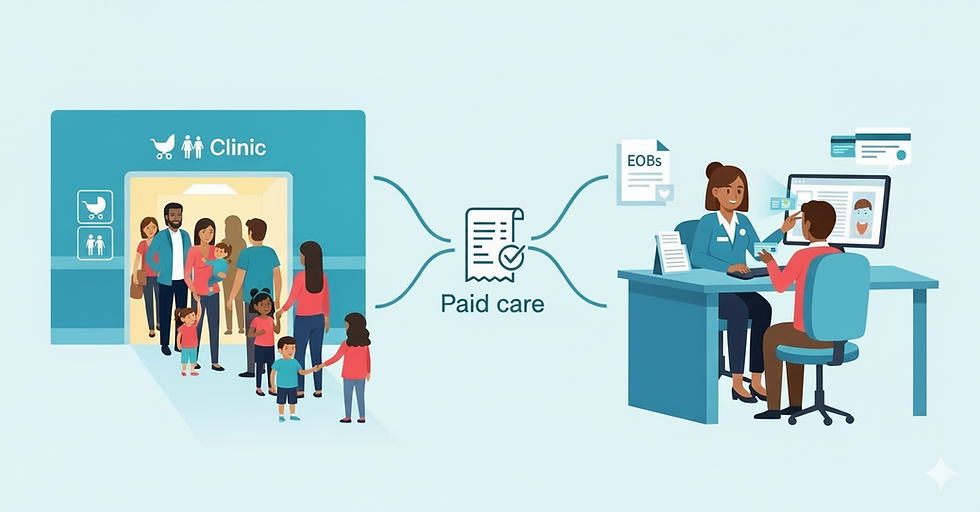Unveiling the Green Haze: Navigating Cannabis Challenges in Adolescent Neurodevelopment
- Nicholas Burt, LMFT

- Nov 10, 2023
- 2 min read

In the ever-evolving landscape of adolescent substance use, cannabis stands out as a major concern, particularly with the changing state policies surrounding its legality. A recent article sheds light on the complex interplay between cannabis use and adolescent neurodevelopment, urging treatment providers to be at the forefront of understanding and addressing these challenges. (Ross, J. A., & Levy, S. (2023). The Impact of Cannabis Use on Adolescent Neurodevelopment and Clinical Outcomes Amidst Changing State Policies. Clinical Therapeutics, 45(6), 535-540.)
Neurodevelopmental Impact:
As guardians of adolescent mental health, it is crucial to comprehend the vulnerability of the developing brain to cannabis exposure. The prolonged maturation of the prefrontal cortex, responsible for impulse control, places adolescents at a heightened risk during critical developmental phases. Cannabis compounds, especially THC, disrupt synaptic pruning and myelination, impacting the very foundation of mature brain functioning.
Clinical Outcomes:
The clinical implications of adolescent cannabis use extend far beyond immediate cognitive impairments. From academic setbacks to an increased risk of substance use disorders and mental health issues, the consequences are profound. Treatment providers play a pivotal role in recognizing and addressing these long-term effects, understanding the intricate link between early cannabis use and adverse life outcomes.
Policy Dynamics:
The evolving legal landscape surrounding cannabis necessitates a nuanced approach from treatment providers. As legalization expands, the impact on adolescent use remains uncertain. Parents' attitudes and behaviors, influenced by changing societal norms and state laws, present an additional layer of complexity. Treatment providers must navigate this dynamic terrain, staying informed and adaptive to effectively guide their interventions.
Emerging Threats:
The diversification of cannabis products, coupled with the rise of concentrated THC and vaping, poses new challenges for treatment providers. The lack of federal regulations leads to a proliferation of unregulated products, while marketing strategies targeting adolescents on social media add another dimension to the issue. It is imperative for treatment providers to stay vigilant and proactive in the face of these emerging threats.
Recommendations and Conclusions:
In response to these challenges, the article advocates for a research agenda focused on tracking the impact of legalized cannabis products on adolescents. As treatment providers, a call to action is implicit. Common-sense policies, including limiting THC concentration and restricting appealing products, become crucial tools in safeguarding the neurodevelopmental health of adolescents under your care.
Treatment providers, you are on the front lines of adolescent mental health. Your understanding of the evolving cannabis landscape and its impact on neurodevelopment can make a profound difference. Stay informed, advocate for evidence-based policies, and continue your vital work in guiding adolescents towards healthier futures.
As the dynamics of cannabis policies and usage continue to shift, your role becomes even more critical. Adolescents look to you for guidance and support, and your commitment to staying abreast of these issues ensures that you can effectively navigate the hazy terrain of cannabis use and safeguard the well-being of the next generation.




Comments